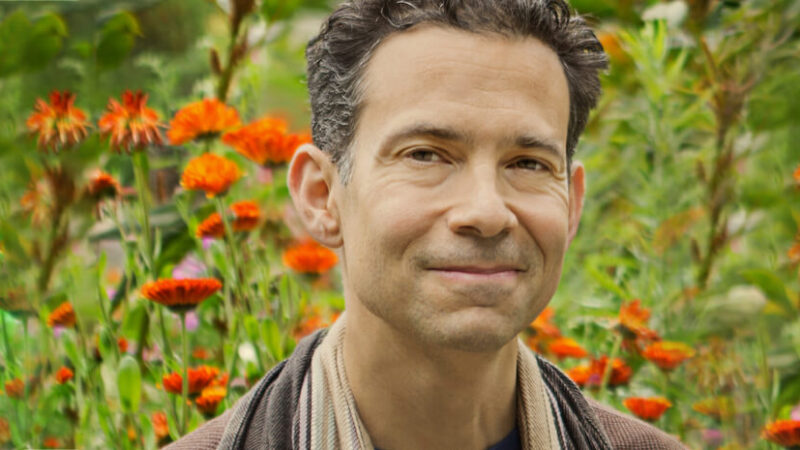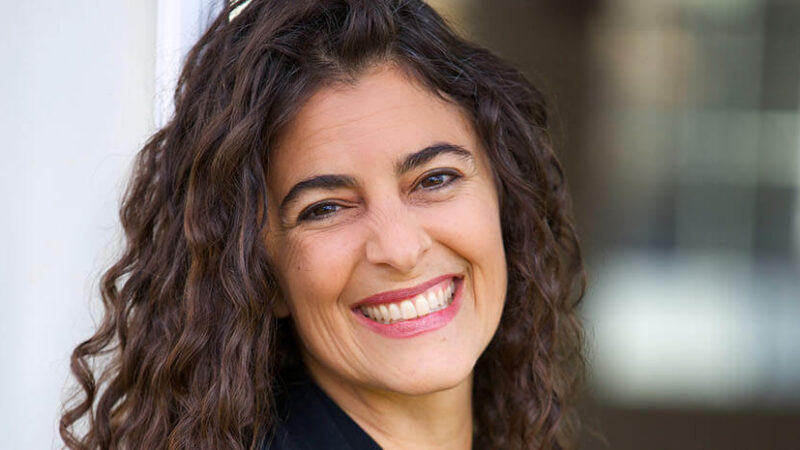Stretch Your Heart and Say What You Mean
Join Sounds True’s Tami Simon in conversation with author and teacher Oren Jay Sofer, as he shares his innovative method for productive discourse and authentic connection. In “Stretch Your Heart and Say What You Mean,” Tami and Oren explore how contemplative practice is an essential ingredient for healthy conversations and relationships, and vice versa; three foundations for mindful communication; the practice of pausing a conversation; the art of the “do-over”; the power of intention in conversation; curiosity, humility, and kindness; how focusing on what matters transforms reactivity and allows us to speak our truth; the shift from projecting blame to identifying and expressing our needs; the heart of compassion and nonviolence—seeing one another in a deeper way; three layers of needs—physical, relational, and spiritual; freeing our hearts from animosity and hostility, and becoming a force for loving unification; and more.






